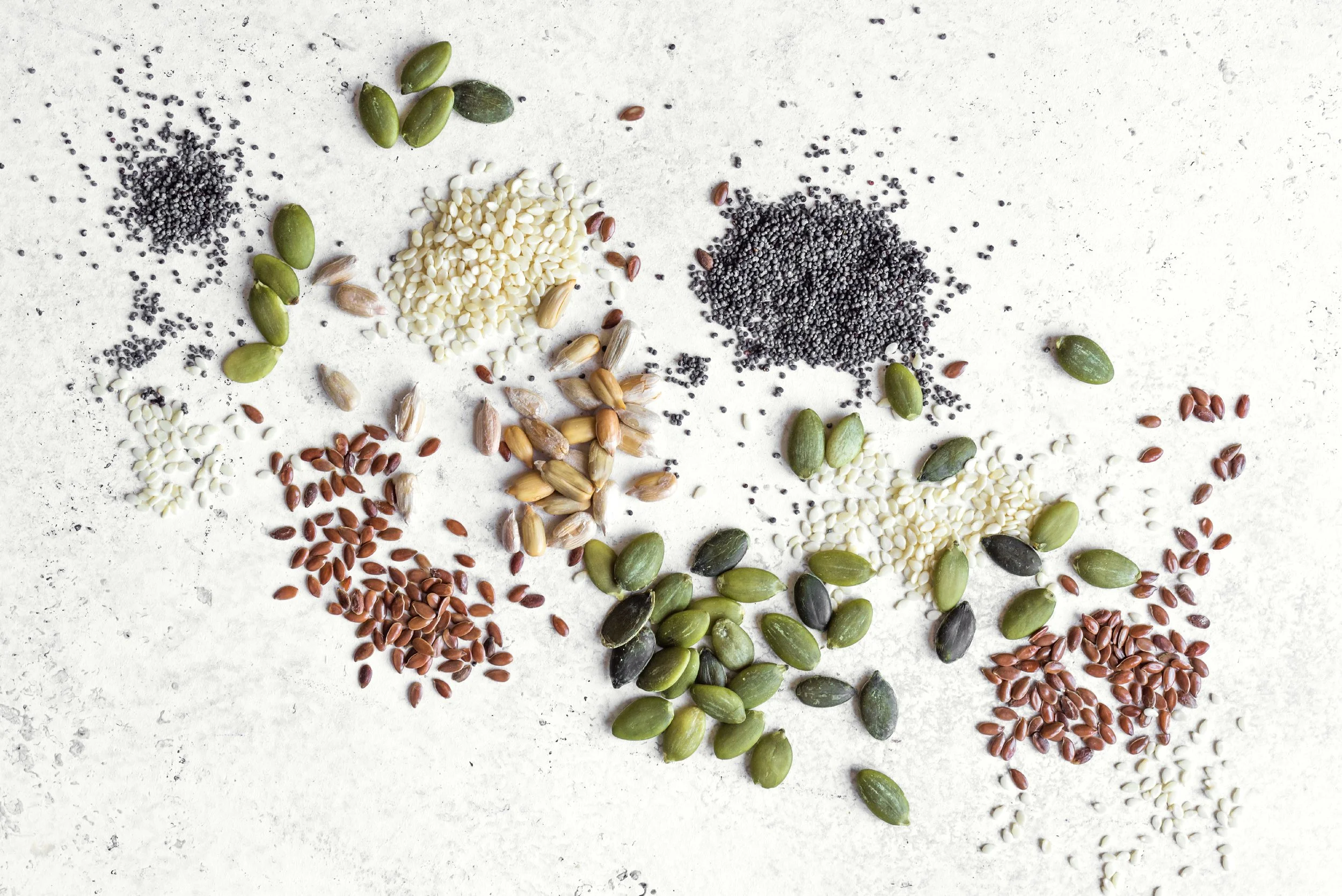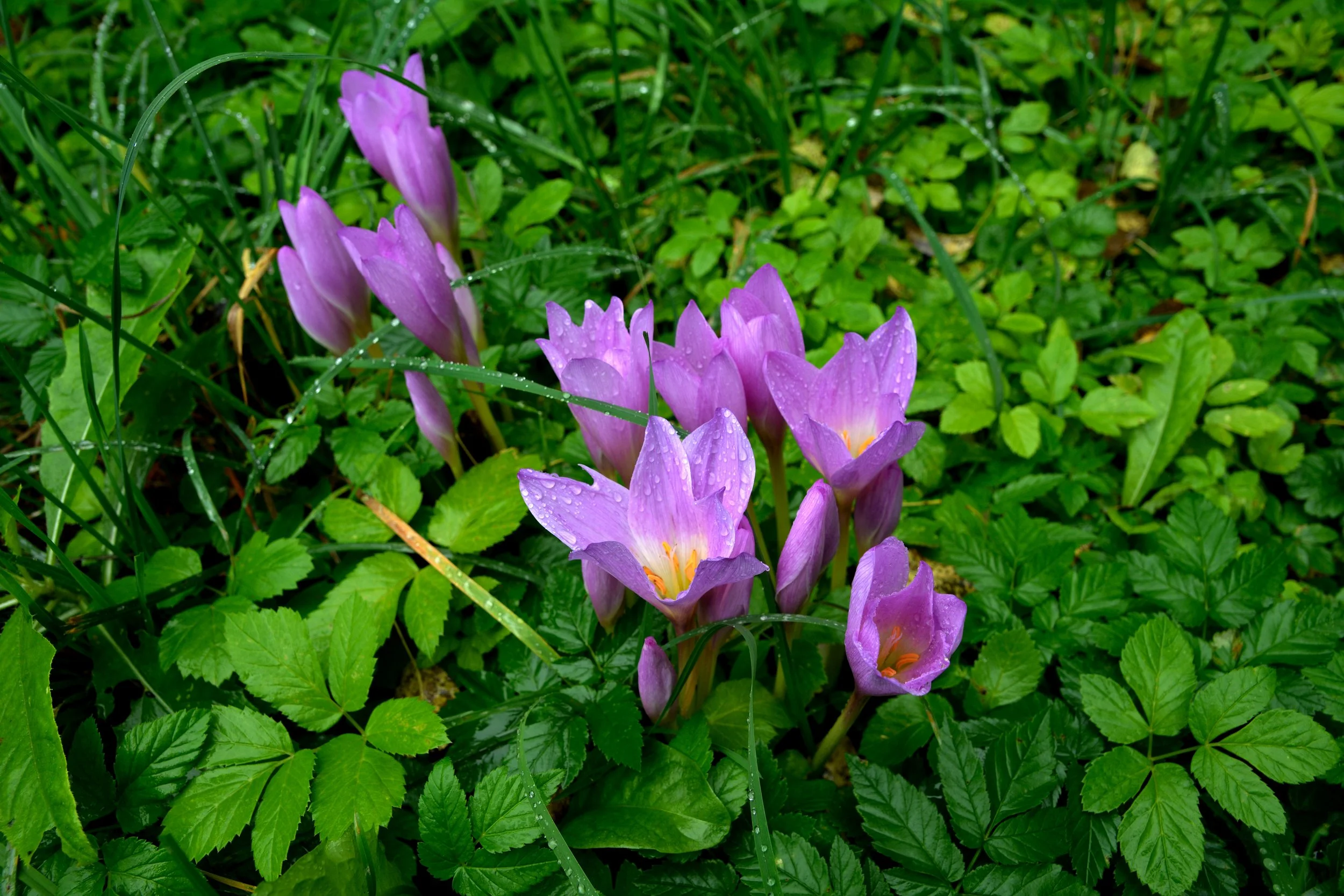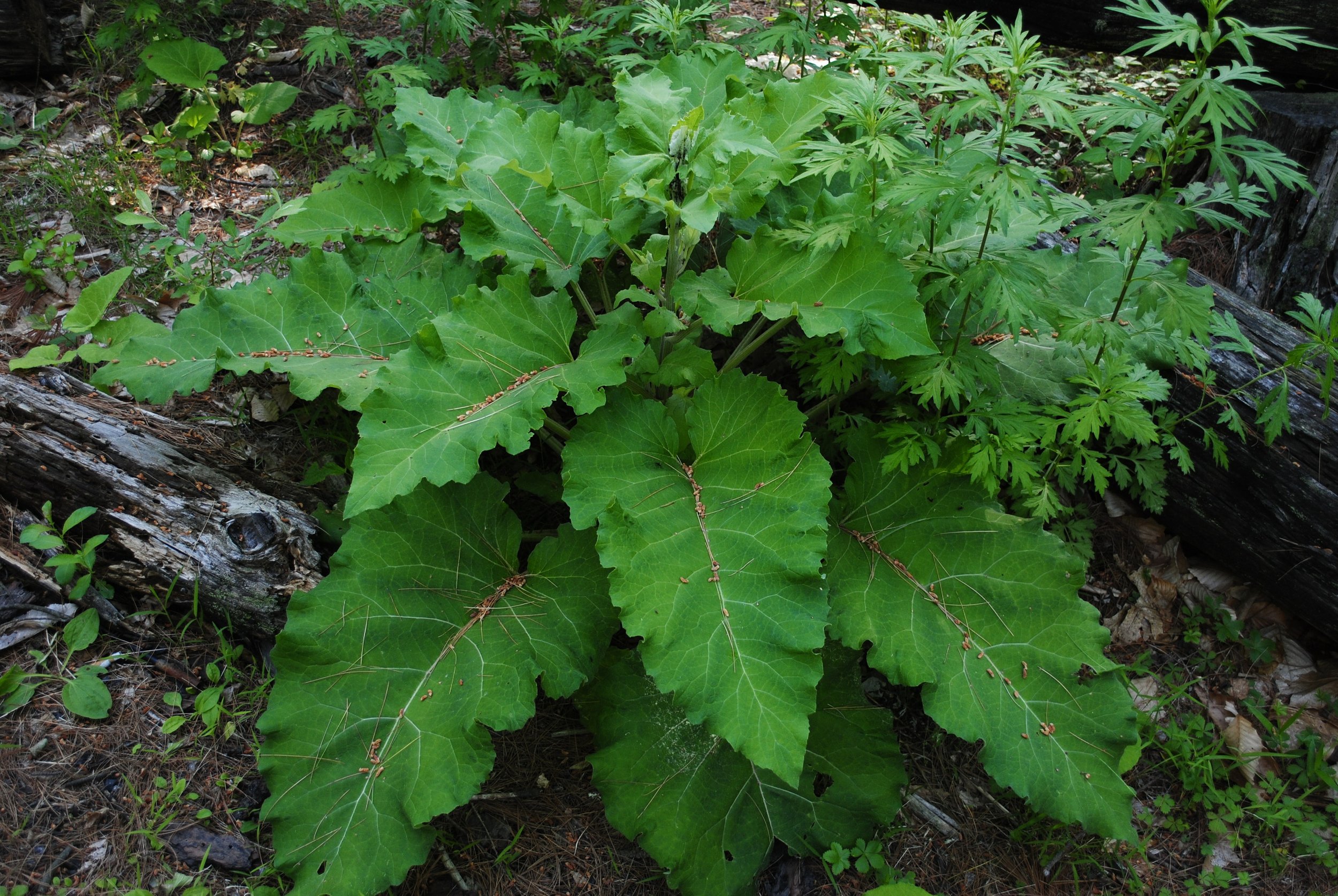Chamomile for Calm and Comfort: An Essential Herbal Monograph
Chamomile is an amazingly versatile herb belonging to the Asteraceae family—the same family that boasts sunflowers, daisies, and calendula. Known for its subtle daisy-like blossoms and distinctive apple-like aroma, chamomile has been cherished for centuries across many cultures—from ancient Egypt to modern herbal practices. Today, we explore both popular varieties—German chamomile (Matricaria chamomilla) and Roman chamomile (Chamaemelum nobile)—and reveal how this timeless herb can be used to promote calm, soothe digestion, and support overall wellness.
Cultural and Historical Significance
Folklore and Traditions
Dating back to antiquity, chamomile has been steeped in cultural lore and cherished as a symbol of tranquility and healing. In ancient Egypt and Greece, chamomile was a trusted remedy for ailments and a ritual ingredient believed to invite good fortune and ease emotional distress. Its gentle aroma and delicate appearance cemented its role as a natural elixir in daily life.
Historical Figures and Herbal Advocates
Throughout history, renowned herbalists have extolled chamomile’s virtues. Classical texts reference its ability to calm the nerves and improve digestion, while medieval practitioners integrated it into tonics and skin remedies. From the courts of the Pharaohs to modern apothecaries, chamomile’s legacy endures as a cornerstone of herbal medicine.
Cultivation and Harvesting
Growing Conditions
Chamomile thrives in temperate climates and well-drained, nutrient-rich soil. Though both German and Roman chamomile share similar appearances, they express differing growth habits:
German Chamomile: Grows in upward shoots reaching 1–2 feet, and is typically a reseeding annual.
Roman Chamomile: Spreads as a low, creeping perennial, forming a thick, fragrant blanket along the ground.
German Chamomile
Roman Chamomile
Harvesting Tips
The therapeutic properties of chamomile are concentrated in its daisy-like blossoms. Harvest the flowers when they are fully open for maximum potency. Whether used fresh or dried, these blossoms are the key ingredient in teas, tinctures, and essential oil extractions.
Drying: Air-dry petals in a shaded, well-ventilated area to preserve their fragrance and bioactive compounds.
Storage: Keep dried chamomile in airtight containers, away from direct sunlight, to maintain its healing properties.
Health Benefits and Therapeutic Applications
Ancient Wisdom Meets Modern Science
Chamomile’s use as a calming and restorative herb spans the ages. Traditionally brewed as a tea, it has soothed sleepless nights, eased digestive discomfort, and even been used as a natural remedy for respiratory ailments. Modern research supports these roles—highlighting its anti-anxiety, anti-inflammatory, and antioxidant properties.
Comprehensive Health Benefits
Calming & Sleep Support: Chamomile tea is renowned for its mild sedative effects, making it a beloved remedy for insomnia and stress relief. Its natural compounds gently encourage relaxation without heavy sedation.
Digestive Aid: Whether relieving stomach cramps or reducing intestinal gas, chamomile acts as a gentle stomachic and carminative. Its aqueous extracts, rich in apigenin-7-O-glucoside, work to soothe gastrointestinal discomfort.
Anti-inflammatory & Antioxidant: The herb’s flavonoids and terpenes—notably apigenin and azulene—contribute to its anti-inflammatory and antioxidant properties. These compounds help protect cells from oxidative stress and reduce inflammation in the body.
Topical Benefits: When applied externally, chamomile’s soothing properties help calm skin irritations, reduce redness, and support the healing of minor cuts and bruises. Its astringent nature also makes it an excellent ingredient in skin toners.
Case Studies and Anecdotal Evidence
Across generations, herbal practitioners have attested to chamomile’s effectiveness. From bedtime teas that set the stage for restful sleep to tinctures that support digestive health during seasonal changes, real-life success stories continue to underscore this herb’s transformative potential.
Phytochemistry
The blossoms create a beautiful blue essential oil rich in azulene, a very pigmented terpenoid.
Key Active Compounds
Chamomile’s bioactivity is rooted in its robust phytochemical profile:
Apigenin: This powerful flavonoid is linked to anti-inflammatory and tumor-preventing properties.
Flavonoids & Terpenes: These constituents, including chamazulene (formed during steam distillation), endow chamomile with antioxidant and soothing qualities.
Essential Oils: The blue-tinted essential oil extracted from chamomile blossoms is rich in azulene—a potent antioxidant and anti-inflammatory agent.
By understanding these components, we appreciate how chamomile can offer comprehensive support for physical and mental health.
Extraction Methods
Different extraction techniques cater to various uses:
Cold Infusion (Tea): Captures the lighter, water-soluble compounds perfect for a gentle, calming brew.
Alcohol Tincture: Provides a concentrated extract rich in apigenin and other bioactives ideal for therapeutic dosing.
Steam Distillation: Produces essential oil for aromatherapy and topical applications, ensuring the retention of azulene’s vivid blue properties.
Formulations and Recipes
Practical Uses
Chamomile’s versatility allows for multiple creative applications:
Tea: Brew a cup of chamomile tea using 1–2 teaspoons of dried blossoms. Enjoy its calming effects before bedtime or whenever you need a moment of relaxation.
Tincture: Prepare a chamomile tincture by steeping the flowers in high-proof alcohol for 4–6 weeks. This extract is ideal for reducing digestive cramps and easing inflammation.
Topical Applications: Incorporate chamomile into salves and creams to soothe irritated skin, reduce redness, and promote wound healing. Use as a natural toner to achieve a tightening effect on the skin.
Step-by-step photo guides can empower you to create your own chamomile remedies at home with confidence and clarity.
Cautions and Contraindications
While chamomile is widely regarded as safe, a few precautions are worth noting:
Allergies: Individuals allergic to plants in the Asteraceae family may experience adverse reactions.
Medication Interactions: Consult your healthcare provider if you are taking medications for conditions like thyroid disorders.
Special Populations: Pregnant or breastfeeding women should seek medical advice prior to regular use of chamomile remedies.
These guidelines help ensure that you can enjoy chamomile’s benefits safely and effectively.
Conclusion
Chamomile remains a cherished herb in the world of natural healing—a gentle yet potent ally that supports relaxation, digestive comfort, and skin health. Whether you’re brewing a calming tea, crafting a concentrated tincture, or formulating a soothing topical remedy, chamomile connects us with centuries of herbal wisdom and tradition. Embrace its delicate blossoms and transformative benefits as a natural path to wellness.


















Hello and welcome! I'm Eve, a Chemist turned Herbalist, sharing the wonders of plant medicine and botanical skincare. Join me on this journey to Learn, Create, and Align your Divine!